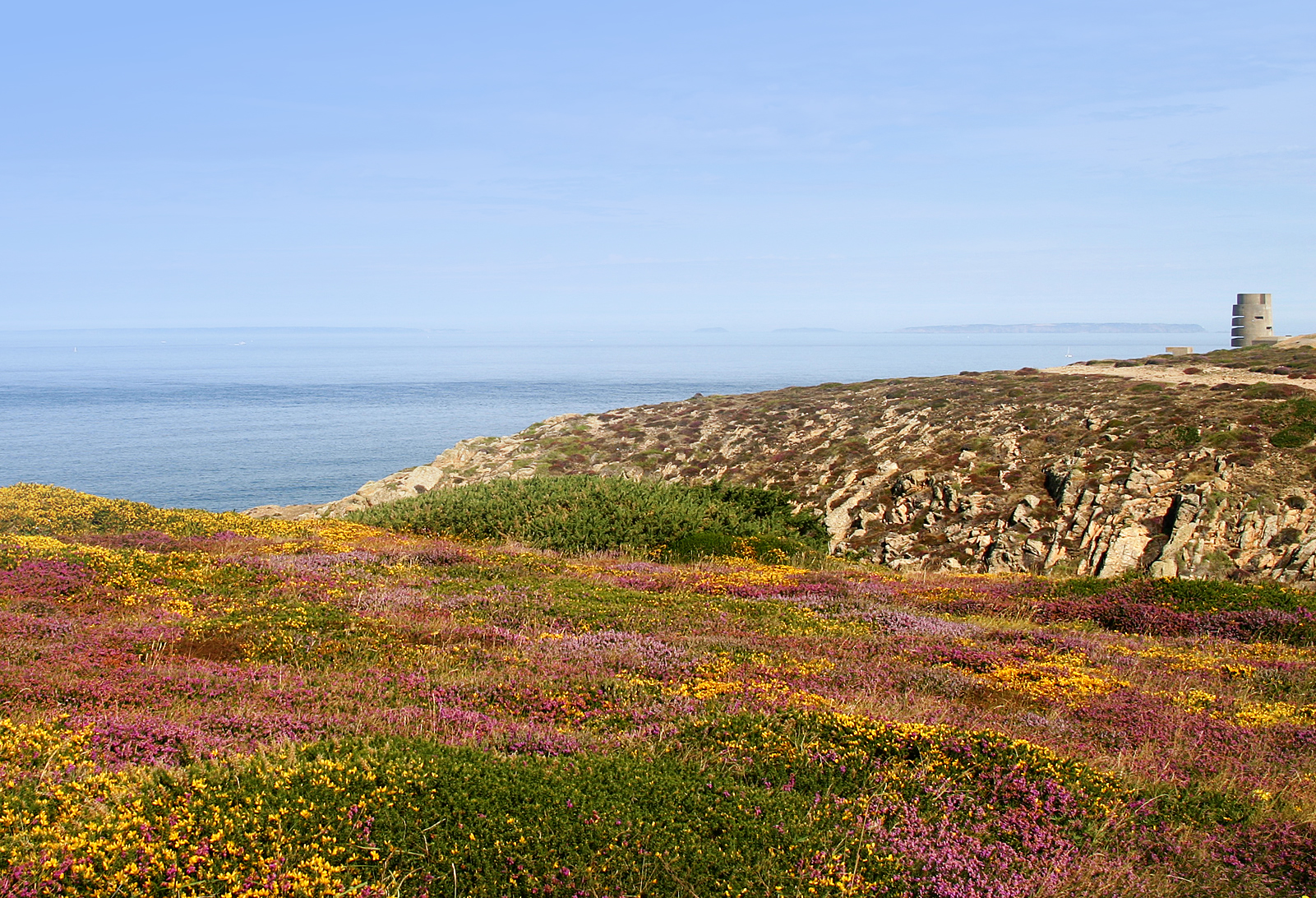March was a busy month with the arrival of the breeding season and the necessary preparations for the next round of releases.
With all three pairs settled into their breeding aviaries, nesting material was added. Keepers provide the choughs with all the materials they would naturally use in the wild. Twigs, heather, moss, sheep’s wool, and horse hair are all added in carefully timed stages so the female chough can build the perfect nest.
This year wool from the Manx Loaghtan sheep at Sorel has been added to the mix. Just one of the bonuses of having the sheep temporarily housed in the aviary field. Strands of wool were collected from the fence posts and mesh where the sheep itch away their woes. The wool is disinfected once back at Durrell and checked for ticks before adding to the aviary.
It is evident from the nest cameras that the inexperienced female has the blueprints in her head to design a nest, but lacks the finesse of the seasoned professionals. Although, saying that, no nest ever appears to be perfect as the females are continuously making amendments. They have yet to start egg laying, but keepers expect to see the first egg any day now.

Choughs at Durrell are busy constructing their nests. Gwinny lays the foundations of her nest (top left). Issy collects wool and horse hair to line her almost complete nest (top right). Experienced breeder Gwinny (bottom left) has an almost perfect nest, whilst the young female Black scores an ‘A for effort’ (bottom right).
Spring at Sorel
 The weather finally gave us all a bit of a breather this month and allowed essential maintenance work to be carried out on the aviary. Trevor Smith and Gavin Raffray from Durrell’s Maintenance team helped with the list of jobs.
The weather finally gave us all a bit of a breather this month and allowed essential maintenance work to be carried out on the aviary. Trevor Smith and Gavin Raffray from Durrell’s Maintenance team helped with the list of jobs.
The priority was getting the roof covered over the shed sections to provide the birds with extra shelter and stop the food-bowls from being drowned. There were a few fence posts to re-align thanks to the sheep. Hinges were oiled and rusted hatch wires were replaced with plastic coated steel wire.
I am contractually obliged not to talk about what happened when the guys finished working….but there is no clause about use of photographic material.
A vain attempt to be more environmentally friendly saw a water collection butt added to the aviary. Water usage at the aviary averages 10 litres a day. Current design of the aviary means that only a small section of guttering was added. Whilst this might not be effective it should provide water for cleaning purposes and reduce the quota of fresh water carried up to the aviary. The equipment was donated by members of the public.
The ‘lawn’ needed addressing as the choughs were beginning to get lost in the undergrowth. In the wild, the grassland needs to be kept short (<5cm) to benefit the choughs. It allows the insect communities to thrive and thus become a sustainable food source for insectivorous birds like the chough. Whilst the captive choughs will never go short of food, they need to be able to practice natural skills such as soil probing.
The manual lawn mower couldn’t quite hack it, so the lawn was attacked with a petrol strimmer. Surprisingly no comments were made by the public on a sunny Sunday afternoon when a young lady strode with purpose, and a petrol can, along the cliff path of Sorel. Personal investment in a battery powered strimmer has relieved the public of any future unexpected sightings.
Vet visits and pre-release health screening
 Radio transmitters arrived for the four birds who needed them (Mauve, who lost hers last September, and the three new birds). So, at the start of the month there was a catch up to attach the transmitters. The new birds also had Jersey branded leg rings and colour rings attached.
Radio transmitters arrived for the four birds who needed them (Mauve, who lost hers last September, and the three new birds). So, at the start of the month there was a catch up to attach the transmitters. The new birds also had Jersey branded leg rings and colour rings attached.
Whilst in the hand, it provided Durrell’s vet team the opportunity to obtain blood samples to screen any potential health issues. All eight birds had blood samples taken and a three day, pooled, faecal sample was also taken for the group.
 The screening showed the continued presence of Syngamus (gapeworm) so the birds were given a course of Ivermectin. This involves yet more catching since injection is the only guaranteed way of administering the drug to each bird in equal dose. The bird is given one injection in the pectoral muscle and a second 10-14 days later. Further faecal samples were taken to monitor the effect of the drug on the parasitic load.
The screening showed the continued presence of Syngamus (gapeworm) so the birds were given a course of Ivermectin. This involves yet more catching since injection is the only guaranteed way of administering the drug to each bird in equal dose. The bird is given one injection in the pectoral muscle and a second 10-14 days later. Further faecal samples were taken to monitor the effect of the drug on the parasitic load.
Student placements
At the start of the year an advert went out for student placements on the chough project. Durrell regularly take on University students looking to gain accreditation towards their degree. The chough reintroduction project is looking for students to radio-track released birds, assist with research projects, and potentially assist with the captive birds.
The first to take up such a position was Adam Dallas-Chapman from Jersey. A recent graduate of the University of Bath, he will be with the project for three months and has already got stuck into radio-tracking practice.
Pierre Rauscher, from France, will be joining Adam in mid-April. He will also be spending three months in Jersey using his time on the project to contribute to his degree certification.
There are still positions available between June and September. For more information and to apply visit Durrell here.
Newest team member
Durrell has been awarded funding to employ a field assistant on a twelve month contract. They will be assistting with the release and radio-tracking of the choughs whilst continuing to help with the captive breeding programme.
Harriet Clark, currently a bird keeper at Durrell, will be joining the Conservation Department in April. Harriet has experience working on the Mauritian reintroduction projects and is currently training to be a licensed bird-ringer. No doubt she will be a valuable asset to the project and both staff and birds will benefit from her enthusiasm and dedication.




















 Jersey Great Garden Bird Watch 8th & 9th February 2014
Jersey Great Garden Bird Watch 8th & 9th February 2014 






























